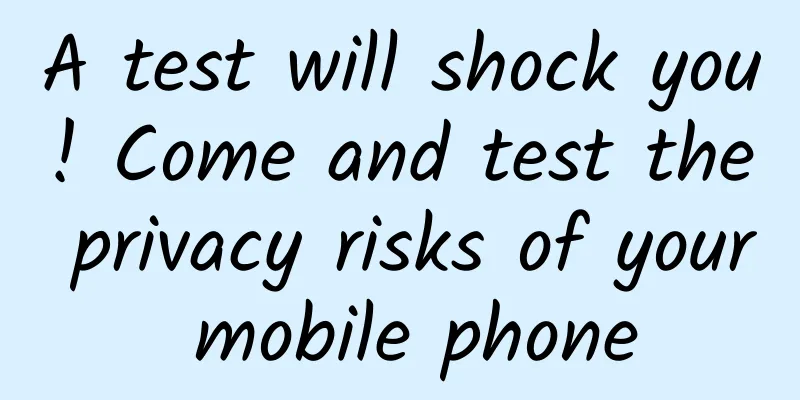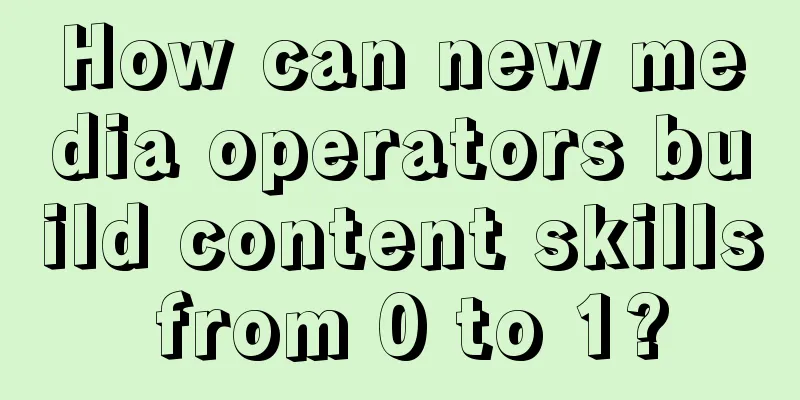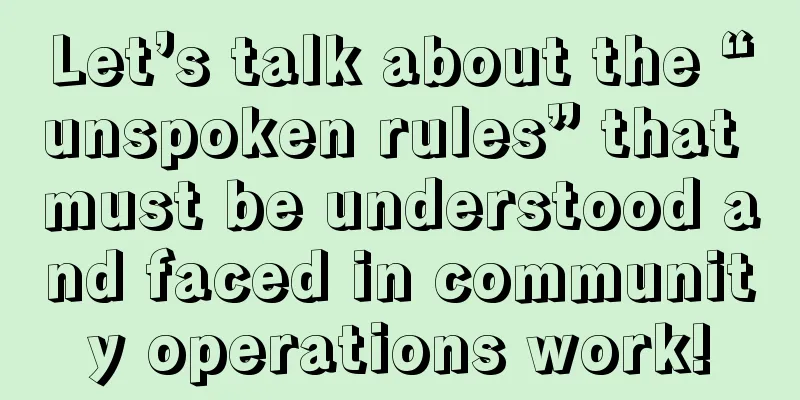A test will shock you! Come and test the privacy risks of your mobile phone

|
Nowadays, mobile phone apps are seriously abusing permissions. This is true for regular apps, let alone those niche or even directly malicious apps? This has led to the malicious use of the camera on your phone, secretly taking a photo of you in front of the camera; malicious access to your phone album, uploading your private photos; no matter what we say or do, the smartphone seems to know it. Mobile phone apps secretly run in the background, using permissions such as recording, taking photos, reading clipboards, and positioning, which really annoys users. Fortunately, there are already mobile phone systems and security apps that will remind users when they detect these abuses of permissions. So does your phone have this function? Let's use an app called "Mobile Privacy Risk Self-Test" to test it. Follow the public account below and send "Privacy Risk Self-Assessment" to obtain the download address.
|
<<: In 2021, will you choose to use an iPhone or an Android phone?
Recommend
Become a technical person who can lead a team and provide you with a management framework that can be used out of the box
Become a technical person who can lead a team and...
Shen Yi, "Reading to Lead the Trend: Five Thousand Years of Poetry"
Shen Yi's "Reading to Lead the Trend: Fi...
The principles and delivery techniques of Kuaishou information flow advertising
In recent years, super apps such as Bilibili, Net...
Geek Business Architecture Training Camp
Geek Business Architecture Training Camp Resource...
Private Domain Traffic Operation and Construction Strategy
If we compare private domain traffic to a fish po...
How much does it cost to be an agent of Jiaxing Building Materials Mini Program? What is the price of Jiaxing building materials mini program agent?
How much does it cost to be an agent for a buildi...
Learn these 7 techniques, and even beginners can play Douyin in minutes
Recently, I often see complaints about Douyin in ...
Don't be a leader who is overwhelmed, a private lesson on management with an annual salary of one million
[Private management lesson for those with an annu...
3 drainage principles to help you attract new customers efficiently
User growth is almost the ultimate proposition of...
A cool QR code generation project
Another beautiful day! A while ago, I planned to ...
Try these tips to make the iPhone's native map app more convenient
Apple provides a variety of built-in apps for iOS...
Ten hidden tricks of WeChat that most people don’t know
1. Send original image/video It is well known tha...
Lizhi Micro Class Competitive Product Analysis Report!
The pan-knowledge payment industry is like a car ...
The secret to boost conversions with video feed ads
With the rise of short video platforms, the mains...
Android devices more reliable than iPhones, report shows
Perhaps many consumers think that iPhones are mor...









